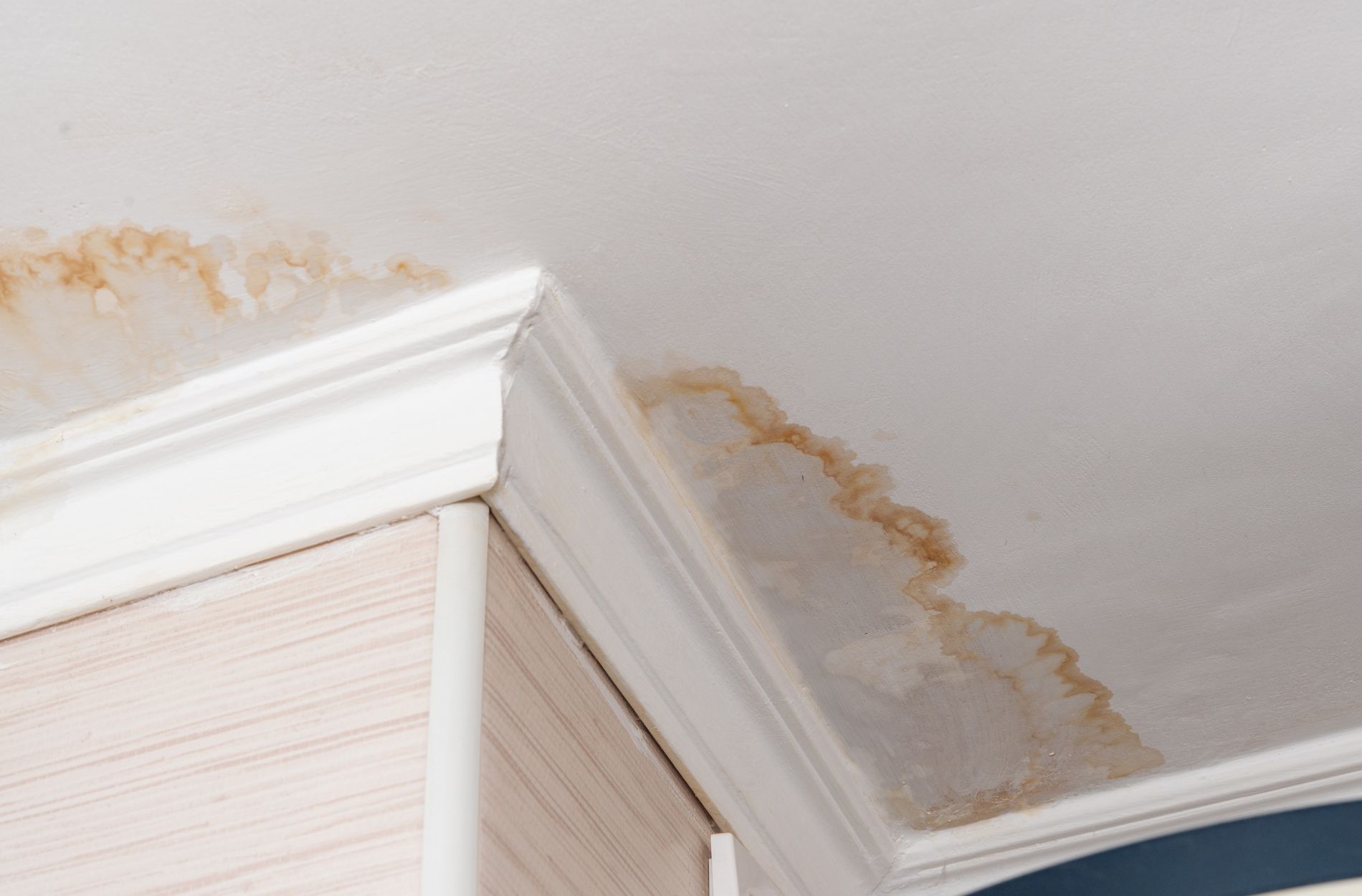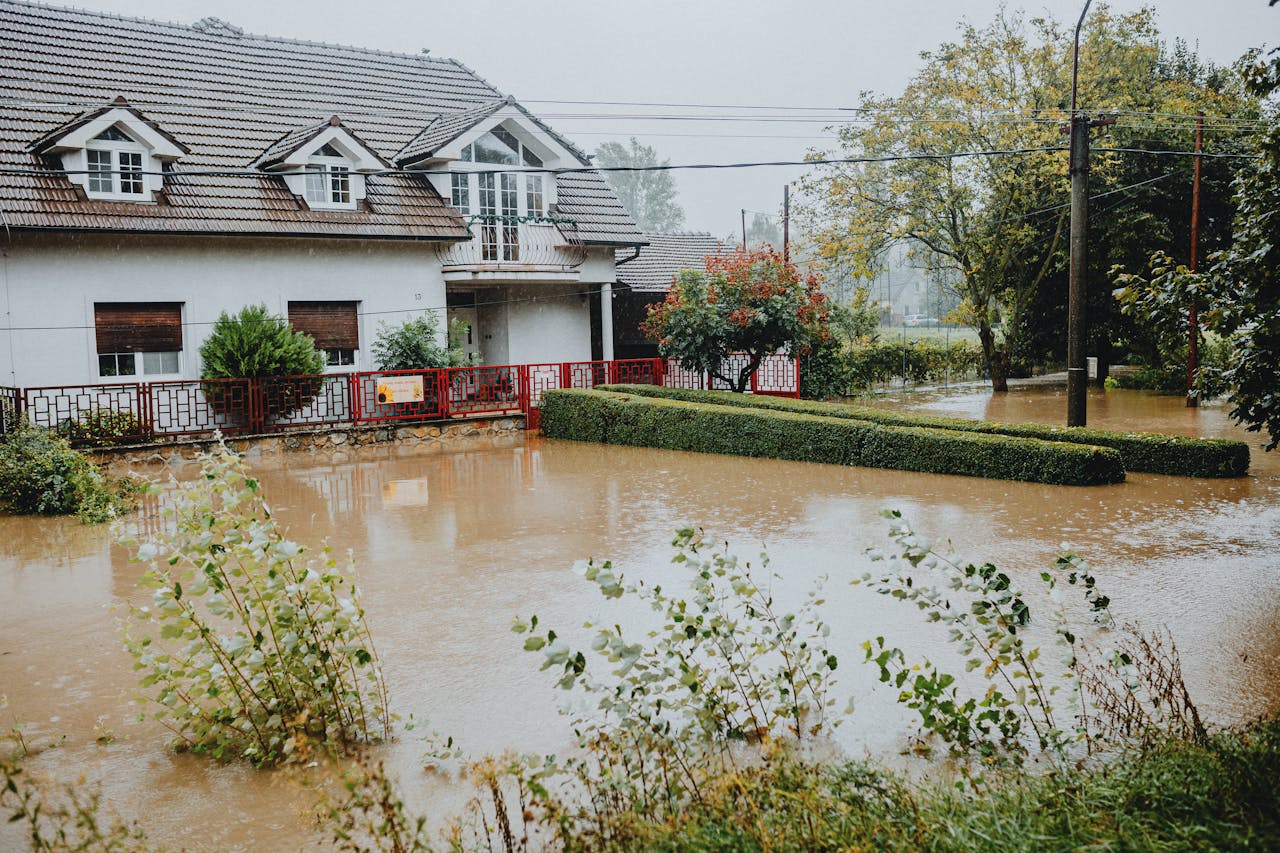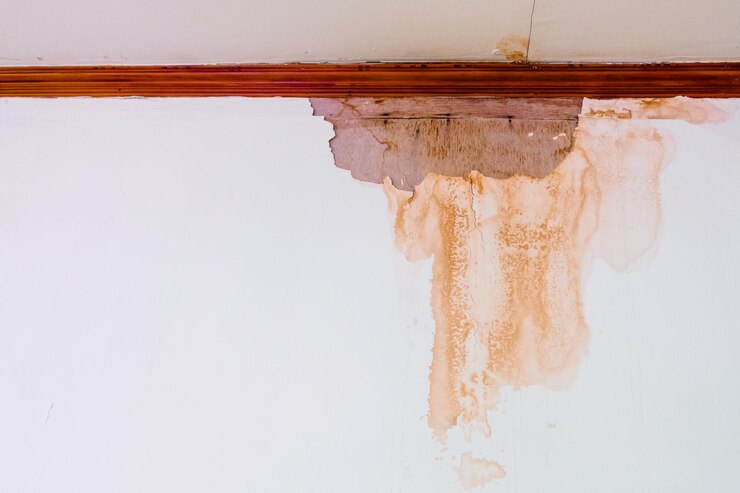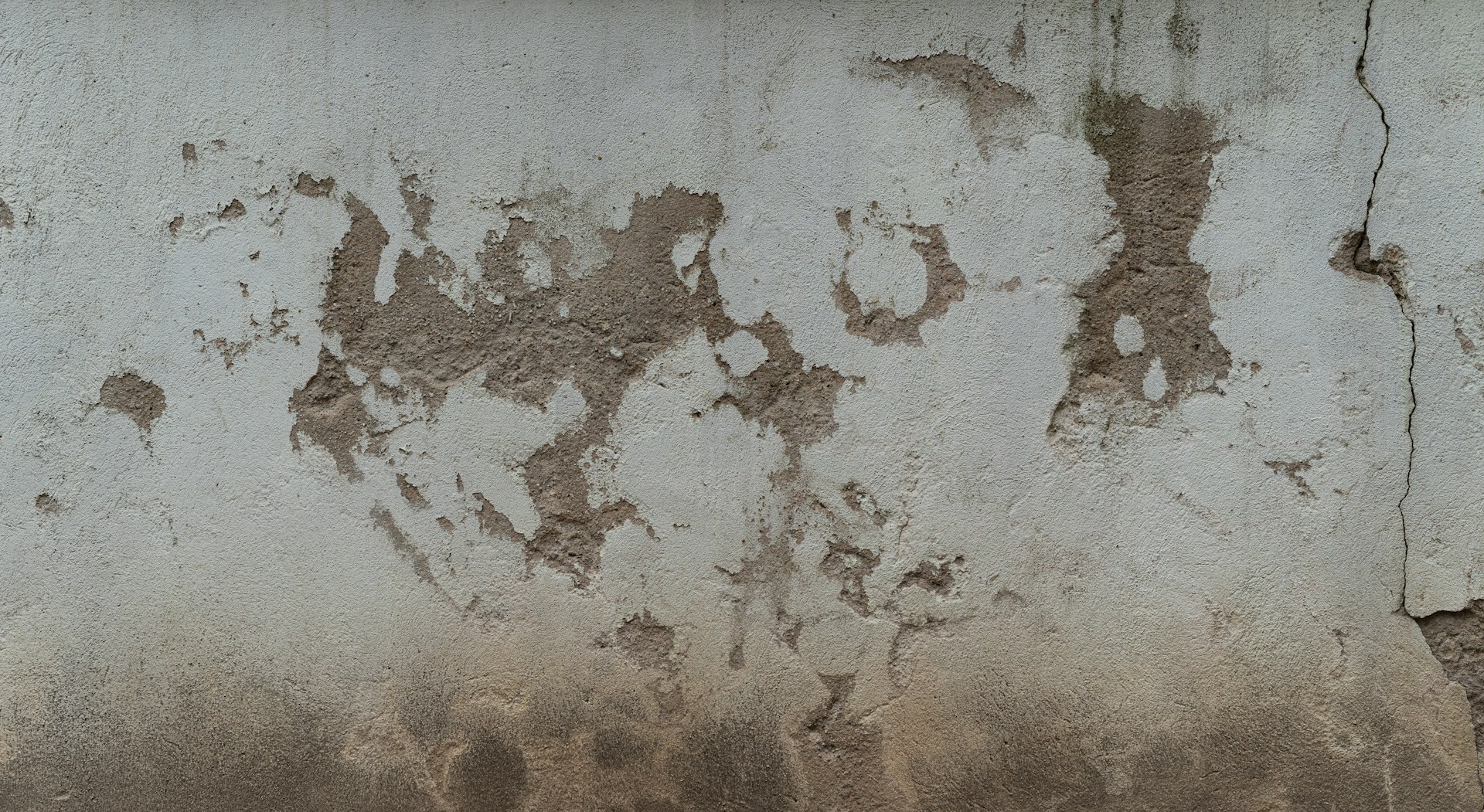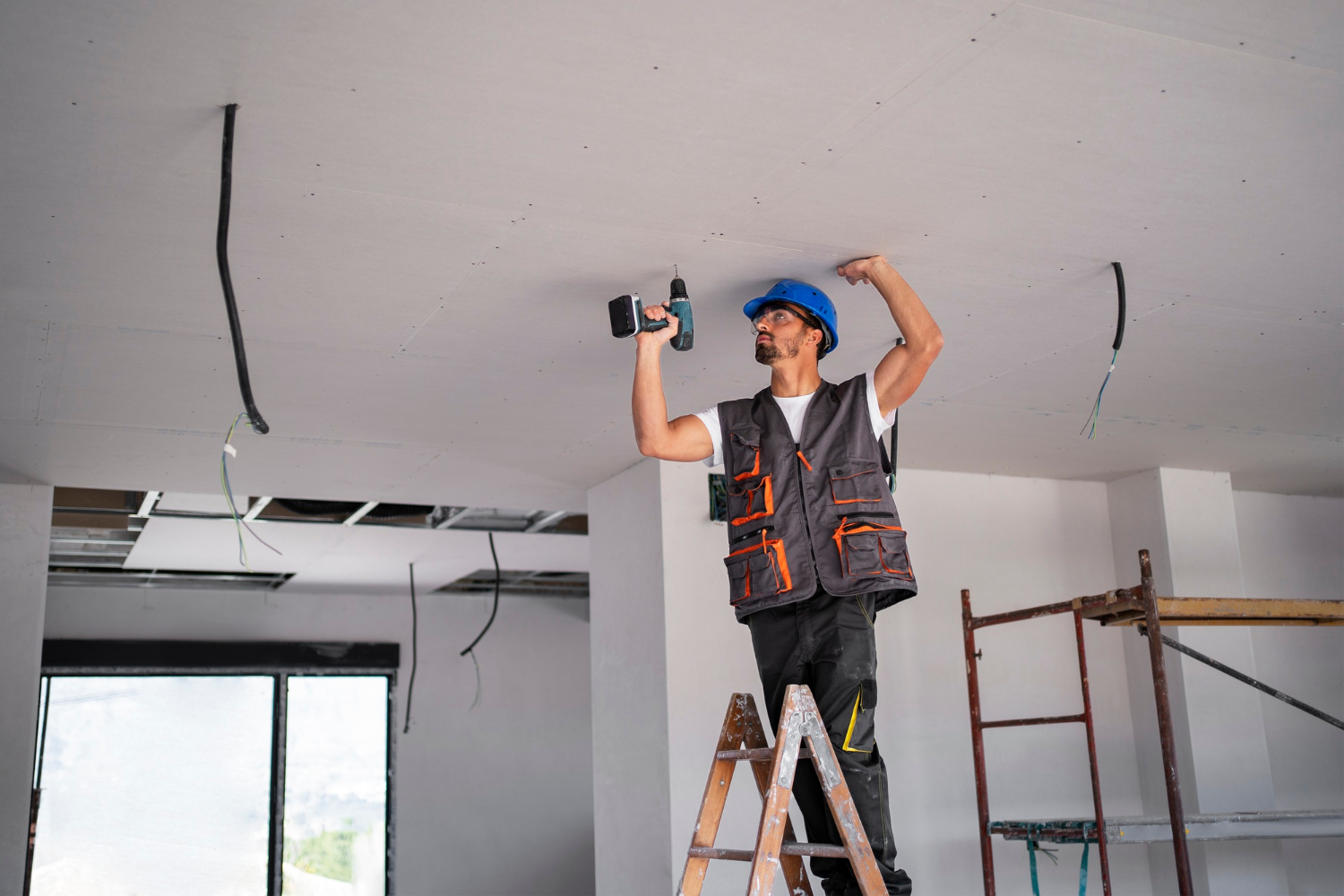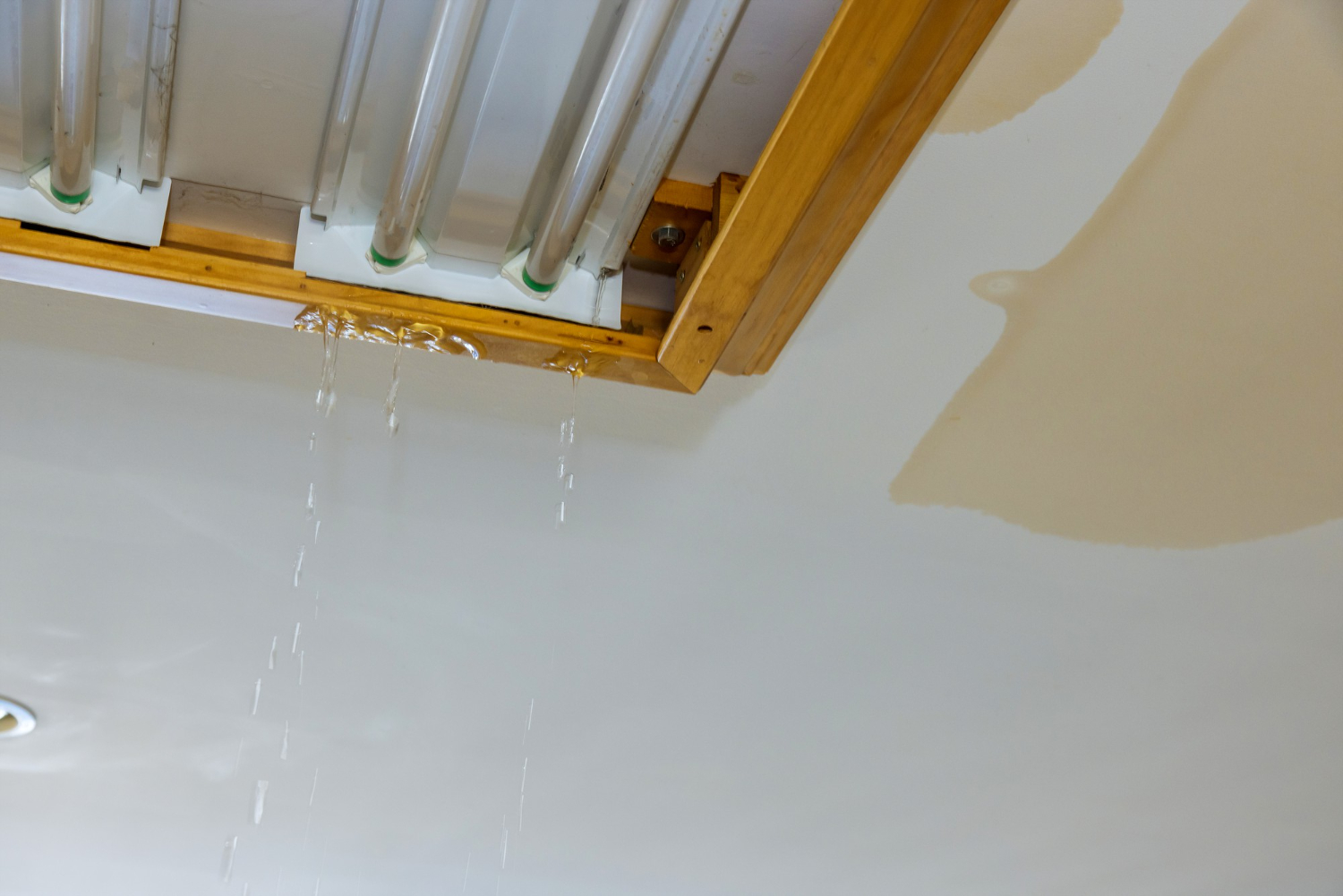Water damage can be a homeowner’s nightmare. It happens when water seeps into areas of your home where it shouldn’t be. This can cause many problems, from minor issues like stains to serious structural damage. Understanding water damage can help you keep your home safe and sound.
Various sources can lead to water damage. Common causes include heavy rains, burst pipes, and faulty home appliances. Knowing the warning signs and preventing water damage can save you time, money, and stress. Inspecting your property regularly and fixing small issues early can prevent bigger problems.
In this guide, we will explore water damage, how to spot it, tips to prevent it, and what actions to take if you find water damage in your home. Understanding these elements can equip you with the knowledge to protect your home efficiently and effectively.
What Is Water Damage?
Water damage happens when water gets into places it shouldn’t, harming your home. This can ruin walls, floors, and personal belongings. Water damage can occur slowly or suddenly. Slow damage, like a leaky pipe or roof, can worsen over time. Sudden events, like floods or broken pipes, cause immediate and severe issues.
Common Causes of Water Damage in Homes
Several factors can lead to water damage. Here are some of the most common:
- Leaking or Burst Pipes: Pipes can leak due to age, corrosion, or freezing temperatures. Burst pipes can cause a lot of damage quickly.
- Roof Leaks: Damaged or old roofs can let rainwater seep into your home, causing stains and structural damage.
- Faulty Appliances: Dishwashers, washing machines, and water heaters can break or leak, releasing large amounts of water.
- Flooding: Natural disasters like heavy rains or river overflows can cause flooding, which can cause extensive damage.
- Poor Drainage: Improper drainage around your home can cause water to pool up and seep into your foundation.
Types of Water Damage
Water damage is categorized into three types based on the contamination level of the water:
- Clean Water: This water comes from clean sources like broken pipes or rain. While it’s not harmful to health, it can still damage your home.
- Gray Water: This water has some contaminants and comes from sources like dishwashers, washing machines, or clean toilet overflows. If ingested, it can cause illness.
- Black Water: This is the most dangerous type of water from sources like sewage backups or floodwater. It contains harmful bacteria and viruses and can cause severe health issues.
Signs of Water Damage
Visible Indicators
Certain signs are visible to the human eye and indicate water damage. Look for these telltale signs in your home:
- Stains on Ceilings and Walls: Discoloration or stains typically indicate a leak above the affected area.
- Warping: Warped or swollen walls, floors, or ceilings are signs that water has been absorbed into the building materials.
- Mold Growth: Mold thrives in damp environments. If you see mold, it often means there’s moisture where there shouldn’t be.
Unseen Signs
Not all signs of water damage are visible. Here are some less noticeable indicators:
- Unusual Odors: Musty or damp smells can signal mold growth or hidden water damage.
- Increased Utility Bills: A sudden spike in your water bill can indicate a leak.
- Structural Compromises: If doors and windows become hard to open or close, it can be a sign of structural damage due to water.
Preventing Water Damage
Routine Home Maintenance Tasks
Keeping up with regular home maintenance is key to preventing water damage. Here are some important tasks to help protect your home:
- Clean Gutters and Downspouts: Ensure gutters and downspouts are debris-free to prevent water overflow.
- Check Roof: Inspect for loose or damaged shingles that could allow water to seep in.
- Inspect Seals: Regularly examine seals around windows and doors to prevent water leakage.
- Test Sump Pump: Ensure your sump pump works properly to handle excess water.
- Inspect Plumbing: Look for leaks under sinks, around toilets, and along pipes to catch issues early.
Installing Preventative Equipment
In addition to regular maintenance, consider installing equipment to help prevent water damage:
- Sump Pumps: Pumping out excess water can help keep your basement dry.
- Water Alarms: Installing water alarms in high-risk areas can alert you to leaks early.
- Automatic Shut-Off Valves: These devices reduce the water supply if a leak is detected, minimizing damage.
- Backflow Valve: Installing a backflow valve can prevent sewage from entering your home during heavy rainfall or flooding.
Seasonal Checklist for Water Damage Prevention
To further guard against water damage, follow a seasonal checklist:
- Spring: Check for roof damage from winter storms. Clean out gutters and downspouts.
- Summer: Inspect irrigation systems for leaks. Seal gaps around windows and doors.
- Fall: Clear gutters of fallen leaves. Check the condition of your roof and make necessary repairs.
- Winter: Insulate pipes to prevent freezing. Inspect the attic for ice dams and remove them safely.
What to Do if You Discover Water Damage
Immediate Steps to Take
When you discover water damage, act quickly to minimize the harm:
- Turn Off the Water: If water is coming from a burst pipe or leak, shut off the main water supply immediately.
- Remove Valuables: Move furniture and belongings to a dry area to prevent further damage.
- Dry the Area: Use towels, mops, and fans to start drying the affected area.
How to Document Damage for Insurance Purposes
Proper documentation is important for insurance claims:
- Take Photos and Videos: Capture clear images and video footage of the water damage from various angles.
- Keep Damaged Items: Save any items damaged by water because your insurance company may need to inspect them.
- Contact Your Insurance Company: Report the damage immediately and follow their instructions for filing a claim.
Conclusion
Understanding and preventing water damage is essential for maintaining the safety and comfort of your home. Recognizing the signs early and acting quickly can save you from costly repairs and health hazards. Keep up with regular maintenance, install preventative measures, and have a plan in place for emergencies.
If you suspect or discover water damage, don’t wait to address it. Protecting your home from water damage ensures it remains a safe and pleasant place for you and your family. For expert guidance and professional water damage restoration services, contact All Around Home Solutions. We are here to help you keep your home safe and dry.


